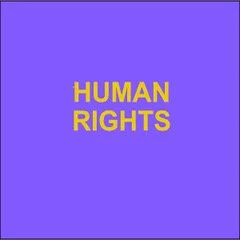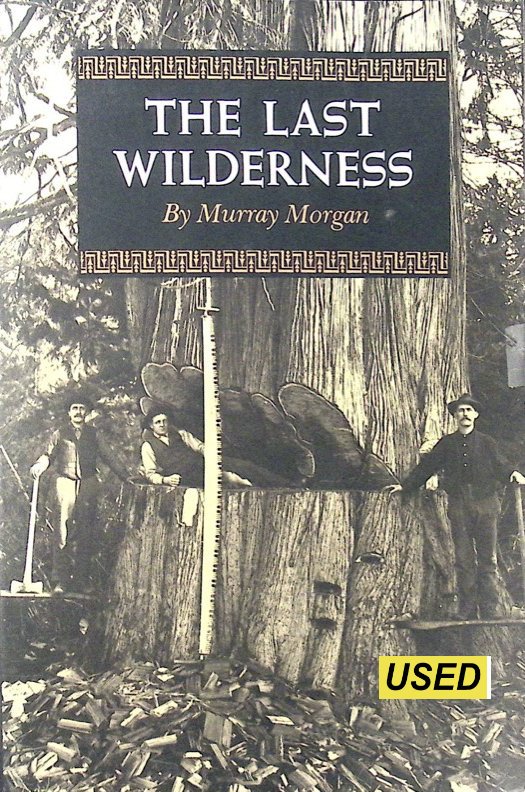By Adrià Cots Fernández & Marie Nougier
In recent years, the historical isolation between the United Nations (UN) drug policy and human rights bodies has eroded significantly, and with accelerating speed. The human rights consequences of drug policies have become an unavoidable – if fractious – topic in global drug policy debates, and human rights bodies routinely monitor the impacts of drug responses. The growing convergence between the UN human rights and drug policy regimes is the result of 15 years of progress across the whole UN environment, with contributions from Geneva, Vienna, and New York-based bodies reinforcing and encouraging one another. Civil society has been a constant and necessary presence, broadening the horizon of what is possible, transmitting key information across the UN system, and consistently advocating for change. Despite some reluctance to engage in drug-related discussions up until the 2010s, the Geneva-based human rights system has become gradually more influential in pushing for this alignment. The first call for convergence between the two regimes came from Geneva, in 2008. Since then, a large number of UN human rights bodies have regarded drug policies to be under their mandate, including the Human Rights Council, the Office of the UN High Commissioner for Human Rights (OHCHR), special mandate procedures, and human rights treaty bodies.
London: International Drug Policy Consortium IDPC, 2022. 33p.





















